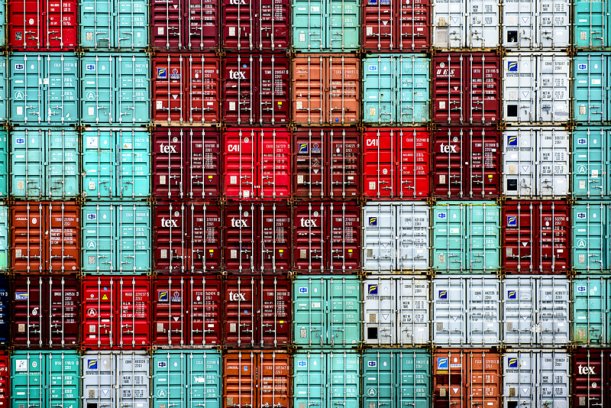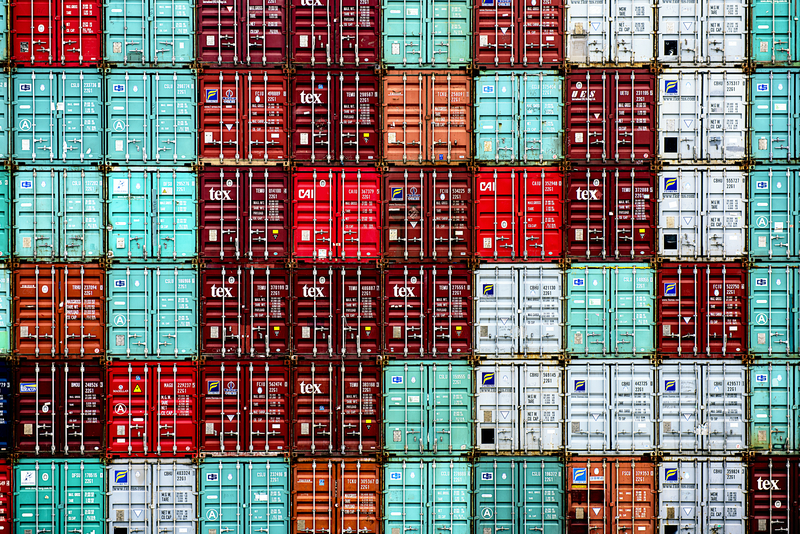
Minus 33 reclaims New England textile heritage
Opinion


The new U.S. administration’s policy direction clearly points to building domestic manufacturing capability, stronger environmental laws, building trade but retaining tariffs.

26th February 2021
Marie O'Mahony
|
United States

The U.S. has moved from ‘America First’ under the Trump administration, to ‘Buy American’ under President Biden. While it is too soon to tell for sure how big a shift this will be in domestic and international trade, there are some strong indicators that the textiles and fashion industries can look to as to what might be expected.
Domestic Employment – taking care of mom and pop
Last September, in a report from the Carnegie Endowment for International Peace on U.S. foreign policy suggested that “debates about ‘trade’ are often a proxy for anxieties about the breakdown of a social contract—among business, government, and labour—to help communities, small businesses, and workers adjust to an interdependent global economy whose trajectory is increasingly shaped by large multinational corporations and labour-saving technologies.” The U.S. Department of Labor has since announced that 10,000 manufacturing sector jobs were shed in the month of January, with textile product mills one of the few sectors to show an increase in employment of 400 workers.
Small businesses in general comprise an estimated 44% of U.S. GDP and employ around 50% of workers. A McKinsey report (June 2020) on the impact of the pandemic on small businesses highlighted apparel manufacturers as amongst the hardest hit within manufacturing, with 71% of small businesses reporting a large negative impact. The loss of small businesses has an impact beyond the owners and those directly employed. The report points to ‘economic multipliers’ and the larger firms that rely on them as an essential part of their supply chain.

Business intelligence for the fibre, textiles and apparel industries: technologies, innovations, markets, investments, trade policy, sourcing, strategy...
Find out more